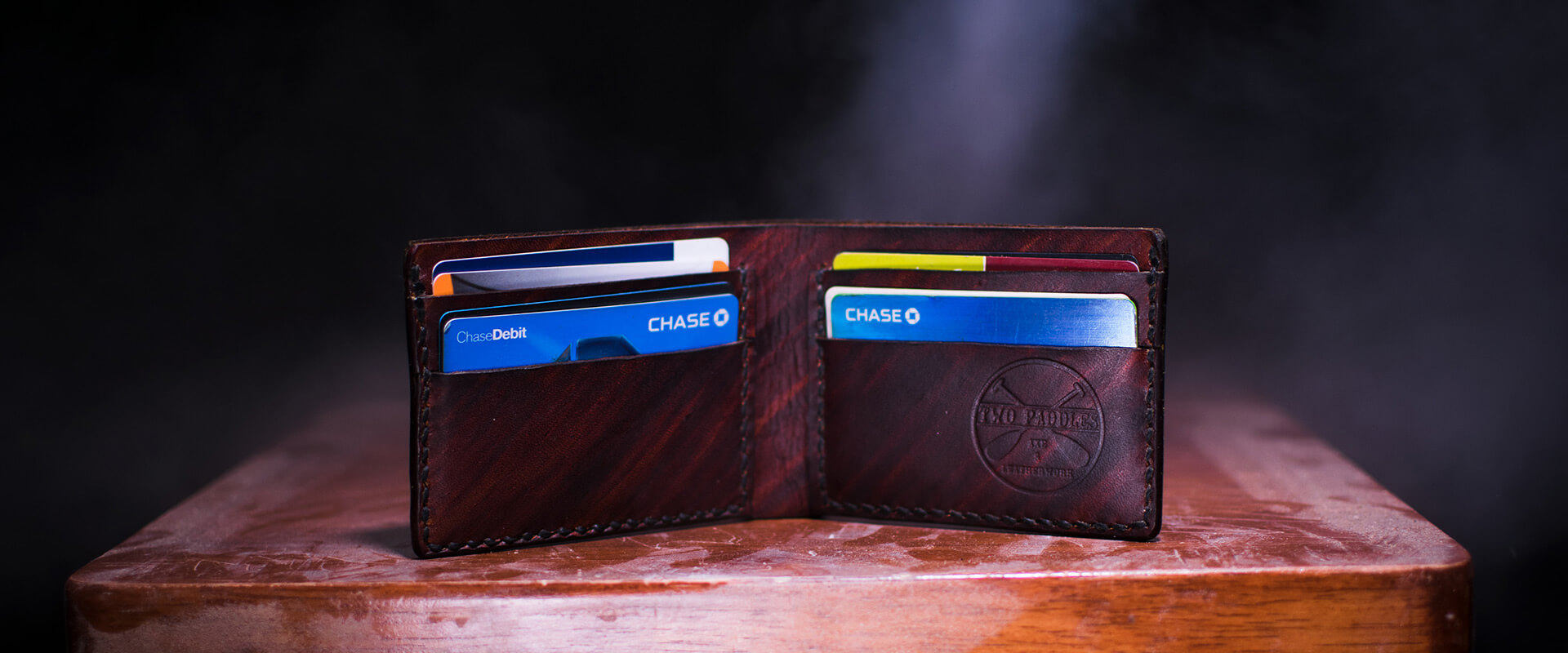
Secured vs. Unsecured Cards
Credit cards are one of the most widely used financial tools, but not all credit cards are created equal. One of the primary distinctions in the world of credit cards is between “secured” and “unsecured” cards.
Understanding the differences between these two types of cards, as well as when to use each, is essential for managing your credit effectively, whether you're building credit for the first time or working on repairing it.
What is a Secured Credit Card?
A secured credit card is a type of credit card that requires a cash deposit as collateral. This deposit acts as security for the credit card issuer in case you’re unable to make your payments. Typically, the credit limit on a secured card is equal to or slightly less than the deposit you make. For example, if you deposit $500, your credit limit might be $500.
Secured credit cards are primarily used by individuals who are:
- Building Credit: If you're new to credit, a secured card can help you establish a credit history.
- Repairing Credit: If you've had credit problems in the past (such as late payments, defaults, or bankruptcies), secured cards provide an opportunity to rebuild your credit responsibly.
What is an Unsecured Credit Card
An unsecured credit card, on the other hand, does not require a deposit. The credit limit is determined by your creditworthiness, which is based on factors like your credit score, income, and debt levels. Unsecured cards are the most common type of credit card and offer more benefits, such as rewards programs, cash back, and travel perks.
Unsecured cards are typically suited for individuals who:
- Have Established Credit: If you have a good or excellent credit score, you’re likely to qualify for an unsecured credit card with better terms.
- Want Rewards and Benefits: Many unsecured cards offer rewards programs, including points, miles, and cash back, as well as introductory APR offers on purchases and balance transfers.
Key Differences Between Secured and Unsecured Cards
While both secured and unsecured cards can help you build or manage your credit, there are several key differences between them:
| Secured Credit Card | Unsecured Credit Card | |
| Deposit Required | Yes, typically equal to the credit limit | No deposit required |
| Credit Limit | Based on the deposit (usually $200–$1,000) | Based on your creditworthiness |
| Interest Rates | Generally higher than unsecured cards |
Typically lower for those with good credit |
| Rewards/Perks | Fewer rewards and perks, if any | Often includes rewards like cash back, points, or miles |
| Application Approval | Easier to qualify, even with bad or no credit | Requires good to excellent credit for best terms |
| Upgrading Opportunities | Can be upgraded to unsecured over time | Already unsecured; higher limits available with good behavior |
When to Use a Secured Credit Card
Secured credit cards are best used in specific situations where building or repairing credit is the primary goal. Here are some scenarios where a secured credit card is a better option:
1. Establishing Credit
If you're new to credit — perhaps a student or someone who hasn't used traditional financial products like loans or credit cards — starting with a secured credit card is an excellent way to establish a credit history. With responsible use, such as paying off your balance in full every month, you can start building a positive credit record.
2. Rebuilding Credit
If you've faced financial setbacks that have damaged your credit score (e.g., missed payments, bankruptcy), a secured credit card can be a stepping stone toward rebuilding credit. Because secured cards require a deposit, the risk for the issuer is low, and they are more willing to extend credit to people with poor credit histories.
3. Low Risk of Overspending
Since the credit limit on a secured card is tied to your deposit, the amount you can borrow is limited. This can help prevent overspending and encourage responsible financial habits.
4.Transitioning to Unsecured Cards
Many secured credit cards offer the possibility of graduating to an unsecured credit card after you’ve demonstrated responsible use, usually after 12-18 months of on-time payments. This transition often results in the return of your deposit and possibly a credit limit increase.
When to Use an Unsecured Credit Card
Unsecured credit cards offer more flexibility, rewards, and features, making them a better choice in certain situations. Here's when you should opt for an unsecured credit card:
1. You Have Good to Excellent Credit
If your credit score falls into the “good” (670-739) to “excellent” (740 and above) range,you’ll almost certainly qualify for an unsecured credit card with favorable terms. These cards offer lower interest rates, higher credit limits, and often come with rewards programs or promotional offers like 0% APR for an introductory period, as well as bonus points offers.
2. You Want to Earn Rewards
Unsecured credit cards are known for their rewards programs, which allow you to earn points, miles, or cash back on everyday purchases. These rewards can be redeemed for travel, merchandise, or statement credits, making unsecured cards a valuable tool if you're looking to maximize the benefits of your spending.
3. You Can Manage Larger Credit Lines
With good credit, unsecured cards often come with higher credit limits, which can provide more purchasing power. However, this requires responsible management, as overspending can lead to high balances, interest charges, and potential damage to your credit score.
4. Balance Transfers
Many unsecured cards offer special balance transfer deals, such as 0% APR for a set period. If you have existing debt on other high-interest credit cards, transferring the balance to a card with a low or 0% introductory rate can help you pay off the debt more quickly.
5. Travel Benefits and Perks
Some unsecured cards, especially those designed for frequent travelers, come with travel-related perks such as airport lounge access, no foreign transaction fees, and travel insurance. These perks can add significant value for those who travel a lot.
Pros and Cons of Secured vs. Unsecured Cards
Here’s a quick breakdown of the pros and cons of both secured and unsecured credit cards:
Secured Credit Card Pros
- Easier approval, even with bad credit
- Helps build or rebuild credit
- Prevents overspending due to low credit limits
- Opportunity to transition to an unsecured card
Secured Credit Card Cons
- Requires an upfront deposit
- Limited rewards or benefits
- Higher interest rates compared to unsecured cards
- Lower credit limits
Unsecured Credit Card Pros
- No deposit required
- Potential for rewards like cash back, points, and travel perks
- Lower interest rates (for those with good credit)
- Higher credit limits
Unsecured Credit Card Cons
- Harder to qualify with bad or no credit
- Higher risk of overspending
- Interest charges if balances aren’t paid off
Bottom Line: Unsecured Credit Card Is The Ultimate Goal
The choice between a secured and unsecured credit card ultimately depends on your credit situation and financial goals. If you're just starting out or need to repair your credit, a secured credit card gives you a low-risk way to demonstrate responsible credit use. On the other hand, if you have good to excellent credit and want to enjoy rewards and higher limits, an unsecured credit card is the better choice. Ultimately, this should be your goal.

